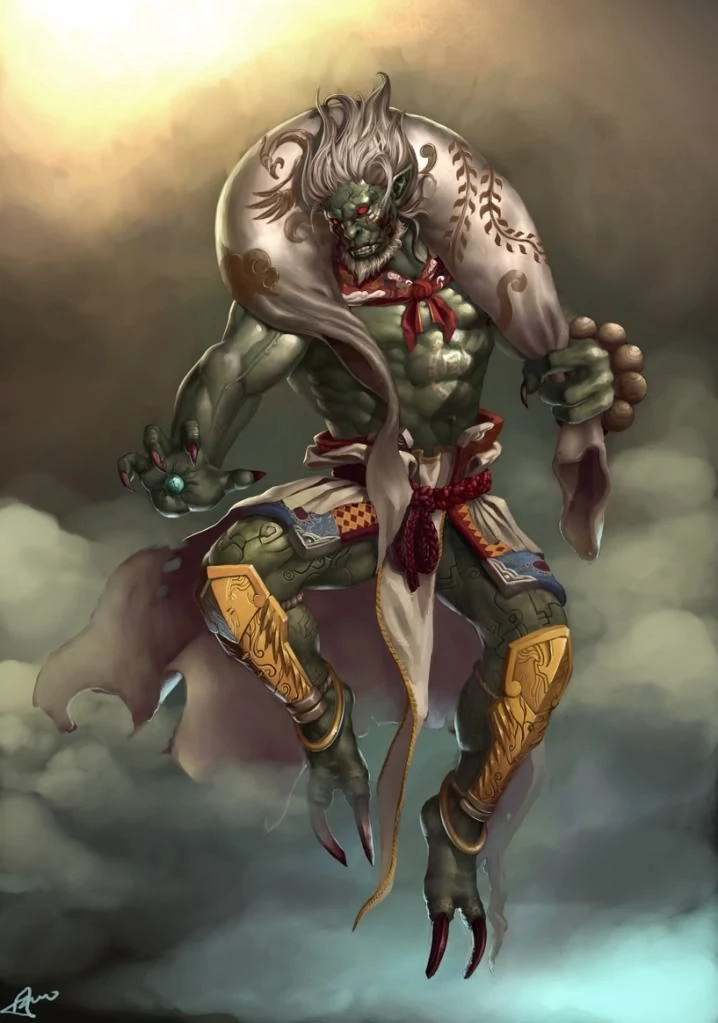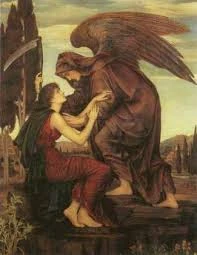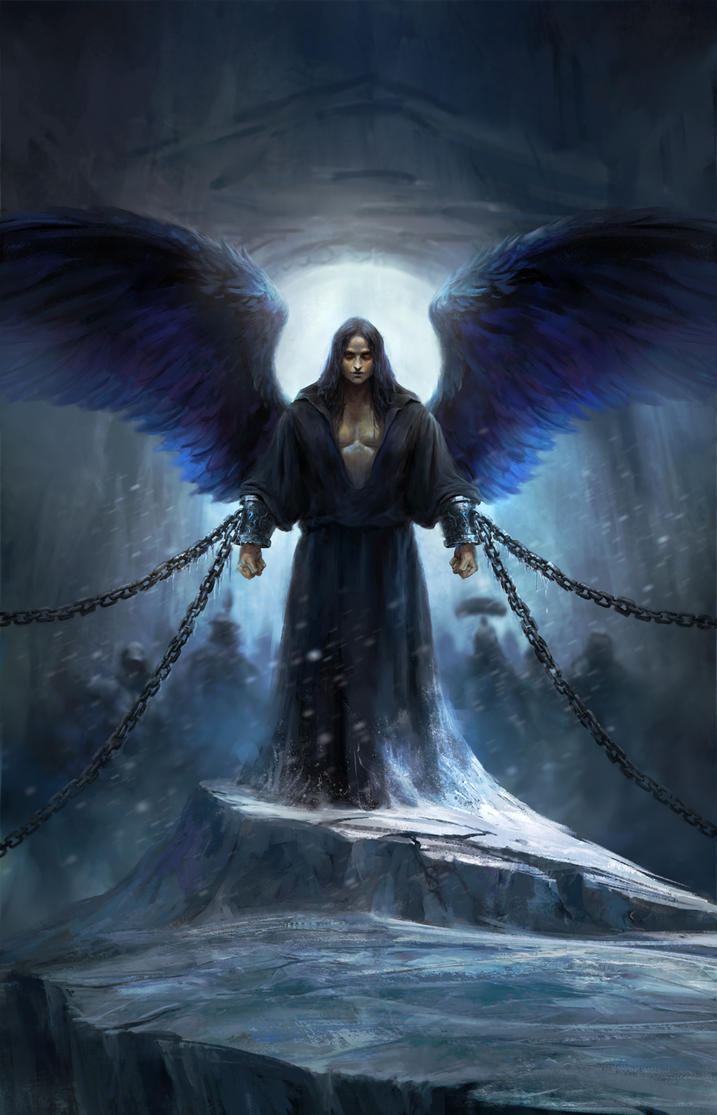 Since it is Fall, and it is almost Thanksgiving, I'd like to write about a deity that connects to the season. As a goddess of the harvest Demeter is the perfect fit, don't you think? She was a very important goddess to the Greeks because she controlled the crops, like corn and grain. Each year, she was offered the first loaf of bread of the harvest season. Not only did her domain over crops make her an important goddess, but she was also one of the main 12 Olympian gods, which means she was very popular.
Since it is Fall, and it is almost Thanksgiving, I'd like to write about a deity that connects to the season. As a goddess of the harvest Demeter is the perfect fit, don't you think? She was a very important goddess to the Greeks because she controlled the crops, like corn and grain. Each year, she was offered the first loaf of bread of the harvest season. Not only did her domain over crops make her an important goddess, but she was also one of the main 12 Olympian gods, which means she was very popular.  This popularity of hers is shown through her multiple myths. The most known myth about Demeter is the story of Persephone, her daughter. One day, Persephone was abducted by Hades to be his wife, which made Demeter a not-so-happy goddess. She demanded that Hades release her daughter, which he refuses. She is so ticked off that she curses the world the withering of plants and crops. Seeing this, Zeus commands Hades to let Persephone go. Hades tricks Persephone into eating a pomegranate from the Underworld, which means she has to stay with Hades. They end up agreeing that Persephone will stay with Hades with four months of the year. This time becomes what we know as winter. When Hades gives her back to Demeter, spring begins.
This popularity of hers is shown through her multiple myths. The most known myth about Demeter is the story of Persephone, her daughter. One day, Persephone was abducted by Hades to be his wife, which made Demeter a not-so-happy goddess. She demanded that Hades release her daughter, which he refuses. She is so ticked off that she curses the world the withering of plants and crops. Seeing this, Zeus commands Hades to let Persephone go. Hades tricks Persephone into eating a pomegranate from the Underworld, which means she has to stay with Hades. They end up agreeing that Persephone will stay with Hades with four months of the year. This time becomes what we know as winter. When Hades gives her back to Demeter, spring begins.Another myth of Demeter is when Poseidon lusts for her. In the story, Demeter is looking for Persephone when Poseidon sees her and lusts for her. She avoids him by turning herself into a horse, but Poseidon catches on. He turns himself into a stallion, and rapes her. She gives birth to an unnamed girl and a horse named Arion. Arion is known as the fastest horse in Greek Mythology. He is so fast that he is known to run across seas.
Symbols: corn, pig, torch, snake
Parents: Cronus and Rhea
Major Temple: Eleusis

















